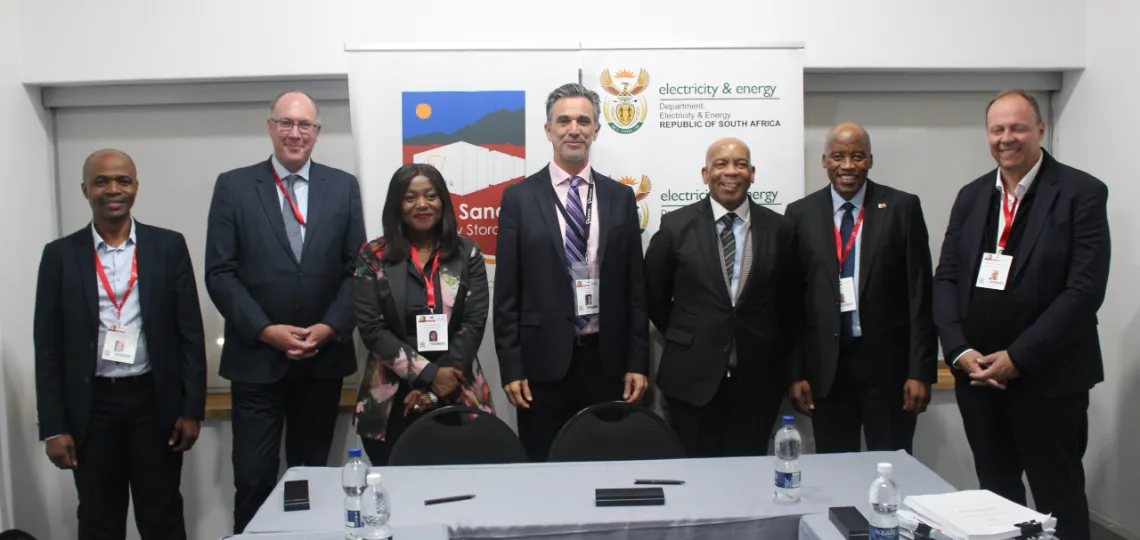Globeleq, in partnership with African Rainbow Energy, has finalized commercial agreements for a 153 megawatt (MW) battery energy storage system (BESS) in South Africa. Named the Red Sands BESS, this project is set to become the largest standalone energy storage facility in Africa, equipped with a total energy storage capacity of 612 megawatt-hours (MWh).
Located in the Northern Cape province, the Red Sands project spans approximately five hectares and will include substantial upgrades to the existing infrastructure managed by Eskom, the national utility, and the National Transmission Company South Africa (NTCSA). The primary goal of this installation is to alleviate congestion in the region’s electricity transmission lines by capturing energy during off-peak periods and redistributing it during peak demand times. Furthermore, this facility will support ancillary services and assist in grid management for NTCSA.
Globeleq was awarded the project in 2024 through the government-backed independent energy storage solutions program. The Red Sands BESS is anticipated to play a pivotal role in stabilizing the national grid and improving the reliability of renewable energy sources.
This initiative marks Globeleq’s second large-scale energy storage project, following its solar and battery storage plant in Cuamba, Mozambique. The company currently operates thirteen other solar, wind, and hybrid photovoltaic-plus-storage installations across South Africa, Mozambique, Kenya, and Egypt, along with a geothermal plant under construction in Kenya.
Jonathan Hoffman, CEO of Globeleq, emphasized that this milestone marks a substantial advancement for large-scale clean energy infrastructure in Africa, responding to the growing demand for reliable electricity.
Brian Dames, CEO of African Rainbow Energy, noted that this investment reflects the commitment to leverage modern energy technologies for affordable electricity and economic growth in South Africa. The project is part of a broader investment initiative amounting to three billion rand (ZAR3 billion, approximately $159 million). It has also attracted international backing, particularly from the UK and Norway. British High Commissioner Antony Phillipson described it as a clear example of partnership aimed at enhancing energy security, while Norwegian Ambassador to South Africa, Gjermund Sæther, stressed the importance of public-private collaborations to meet energy security and sustainability targets.




